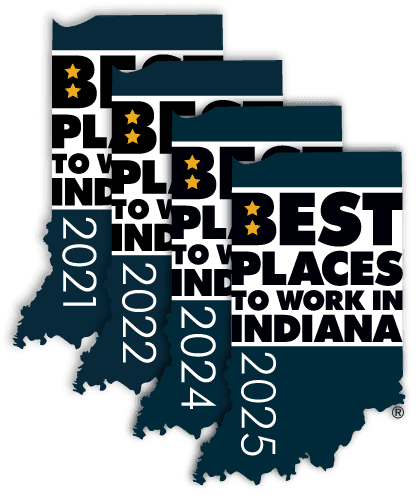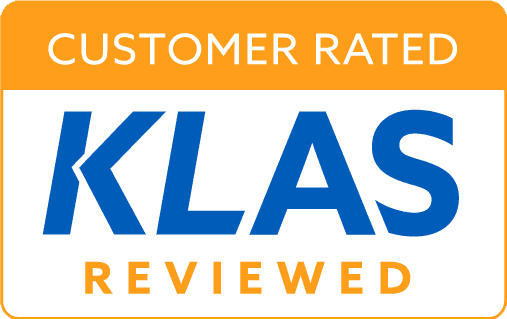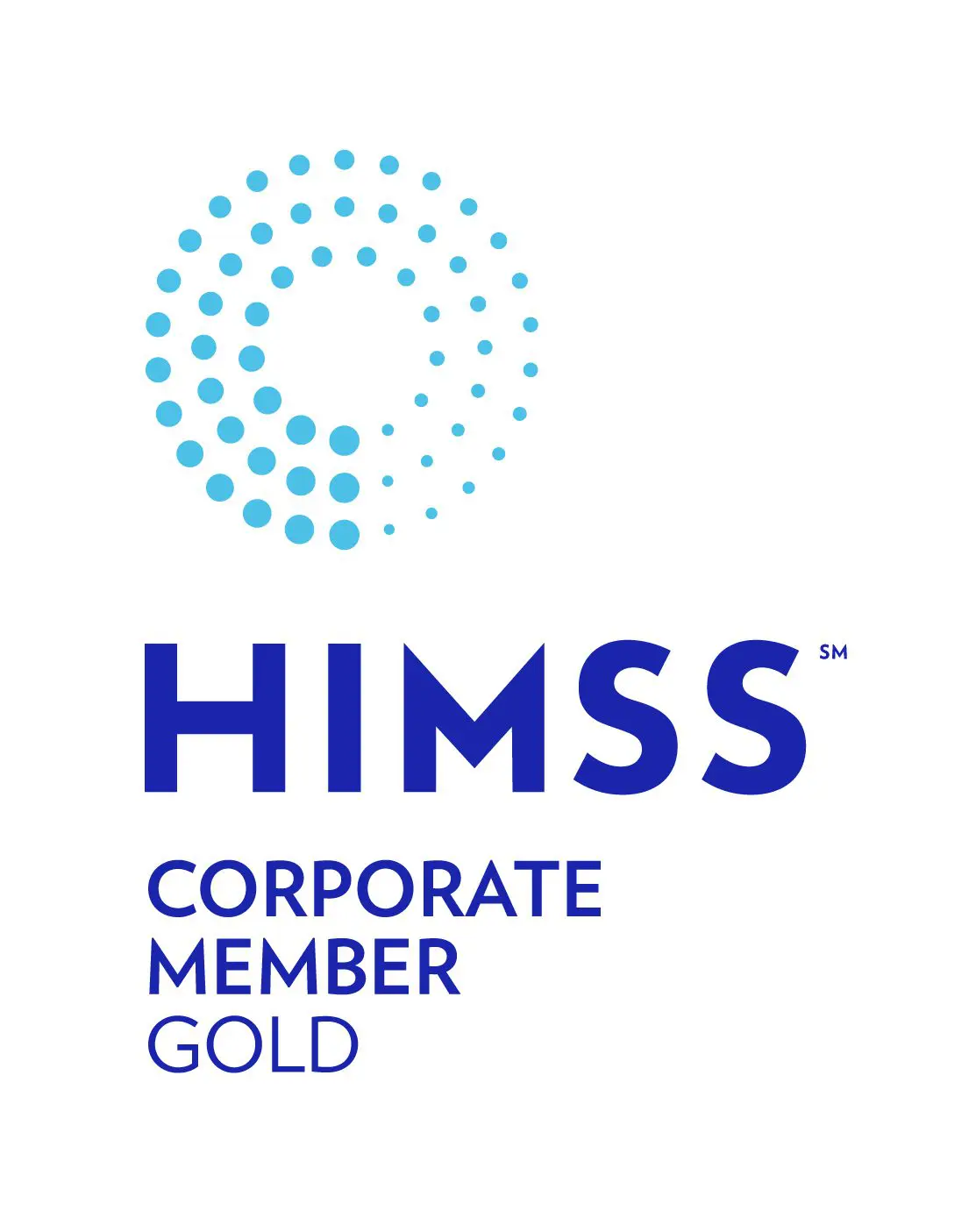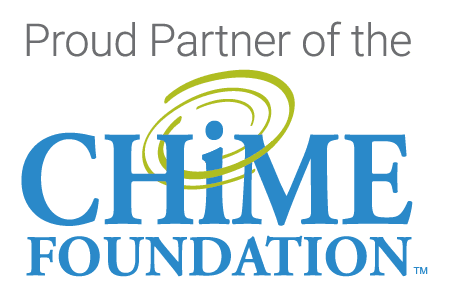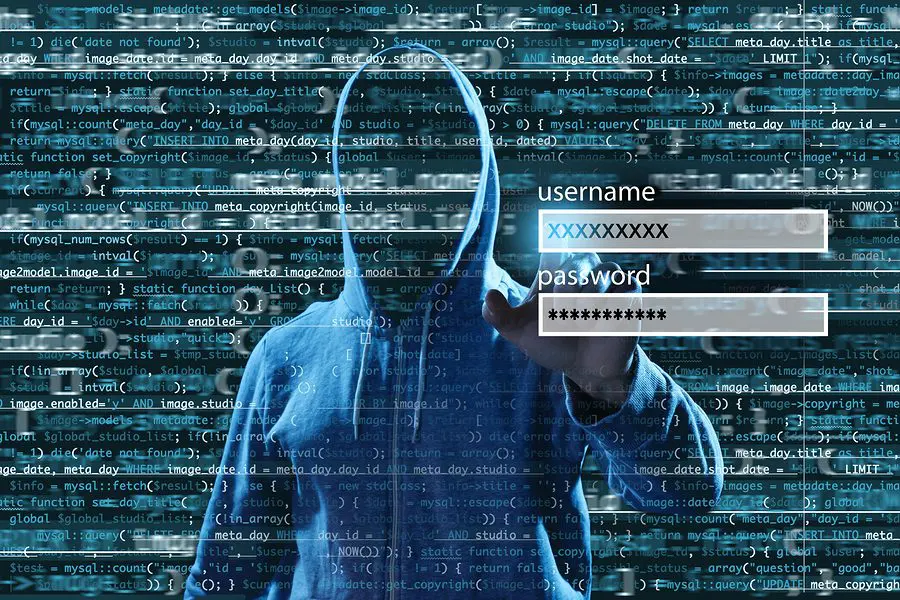
The guise of anonymity has made the dark web a playground for criminal activity. Although true that there is harmless content to be found there, it’s most known for providing access to illegal content and products. But these things aren’t just given away. Stolen information, illicit substances, and other dangerous items – they all come at a price, one that isn’t as high as you might think.
Any guesses what $1,000 on the dark web might get you? The answer – one full medical record. One medical record that includes date of birth, credit card information, Social Security number, address, and email. The years of damage that could be inflicted from fraudulent use of this personal information has a far higher literal and proverbial price tag than $1,000.
Cybersecurity Ventures predicted that cybercrime damages will cost the world $6 trillion annually by 2021 – exponentially more than the damage inflicted from natural disasters in a year, and more profitable than the global trade of all major illegal drugs combined.
It’s widely reported that more than 90 percent of successful hacks and data breaches, which lead to the access of the information being sold on the dark web, stem from phishing scams, emails crafted to lure their recipients to click a link, open a document or forward information to someone they shouldn’t.
Fortunately, it seems that these statistics are being noticed.
In the 2019 HIMSS Cybersecurity Report, positive advances are noted specifically in healthcare cybersecurity practices. Based on information gathered from 166 U.S. based health information security professionals, 55% state current budgets have increased security allocations and 96% say their organization implements comprehensive risk assessments.
However, there’s still a lot of room to shore up security risks.
One of the biggest areas for improvement relates to legacy operating systems that are more prone to vulnerabilities. Of those surveyed in the report:
- 69% indicated that they had at least some legacy operating systems in place at their healthcare organizations
- 83% of those still operate with Legacy Windows Servers (e.g., 2003, 2008, 2012, 2016 and XP)
- 14% of respondents said over 10% of their systems qualify as a legacy operating system
Couple the outdated operating systems with legacy EHR and ERP applications, and security risks are greatly amplified.
Facing ever-increasing cyber attacks, and breaches that could have massive implications for patients, it’s time for organizations with unprotected legacy systems to find a better way. It’s time to archive.
Regularly called on to help clients address their long-term EHR and ERP data lifecycle management strategies, Harmony Healthcare IT offers a legacy data archiving solution that consolidates data stores, reduces out-of-production system maintenance costs, mitigates technical risk, complies with record retention mandates and offers both interoperability and data analytics capabilities. And, most of all, it provides increased security from cyber attacks, protecting both your organization and your patients.
Ready to make the move toward blocking cybercrimes? Let’s talk.

